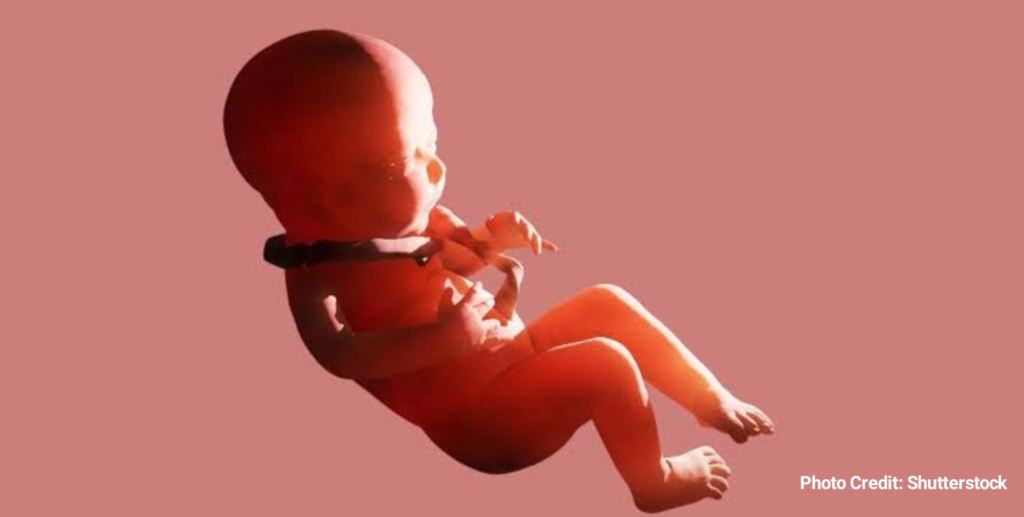
We occasionally step in to decipher medical jargon as a way of keeping you informed because parenting is a never-ending journey and having information on hand is worth saving a situation somewhere. In today’s article, we unearth the nuchal cord.
According to Healthline.com, “Nuchal cord” is the term used by medical professionals when your baby has their umbilical cord wrapped around their neck. This can occur during pregnancy, labor, or birth. The umbilical cord is your baby’s life source. It gives them all the blood, oxygen, and nutrients that they need. “Any problem with your baby’s umbilical cord can be very worrying, but the majority of nuchal cords aren’t dangerous in any way.”
Nuchal cords are mainly caused by random baby acrobatics, as the normal fetal movement of the baby is the primary cause. There could be other risk factors causing the umbilical cord to wrap around the baby’s neck other than the wriggling and flipping, but this is the most common. In most occasions, the nuchal cord is discovered at birth, save for one: in so many cases, mothers request an ultrasound. However, because it cannot be prevented or corrected in the womb, doctors handle this during birth.
The other factors include:
- When you have excessive amniotic fluid
- When the cord structure is deficient
- When having twins or multiples
- When you have an especially long cord,
All these are hardly ever dangerous; doctors say the cord can be wrapped around the baby’s neck several times and still cause no harm; it has no body changes or pregnancy-threatening symptoms. Therefore, it goes without saying that the only times you can be diagnosed with a nuchal cord are either during an ultrasound or during birth.
It’s important to note that even during the ultrasound, the doctors may fail to notice the nuchal cord, and even when they do, knowing if it poses any risk to your baby is next to impossible.
If you are ever diagnosed with a nuchal cord during pregnancy, do not panic. There is a high chance the cord will unravel before delivery, but just in case it doesn’t, the doctors are aware and they know the measures to put in place, so you and the baby will be okay.
When is a nuchal cord considered dangerous?
According to research, when the umbilical cord is wrapped around the baby’s neck several times, the cord may tighten, reducing blood flow through the entangled cord and causing the baby’s heart rate to drop during contractions. If not noticed in time, this may cause a complete cutoff of the blood flow, leading to a stillbirth. Remember, this risk comes in the last stages prior to delivery when the fetus is big enough to tighten the cord.
The nuchal cord is the first thing doctors examine after the baby’s head is delivered. Usually the cord is loose enough to be slipped over the baby’s head, but sometimes it comes out too tight and has to be clamped and cut before the rest of the body is delivered. By doing so, the doctors save the cord from tearing away from the placenta.
Doctors recommend ultrasounds in the final stages of pregnancy if there is little to no movement of the baby. Just in case you are diagnosed with a nuchal cord, manage your stress levels and discuss your concerns with your doctor. Nuchal cords are so common that there is never a reason to stress over them.
We are Elimuzazi, your trusted parental partner.
